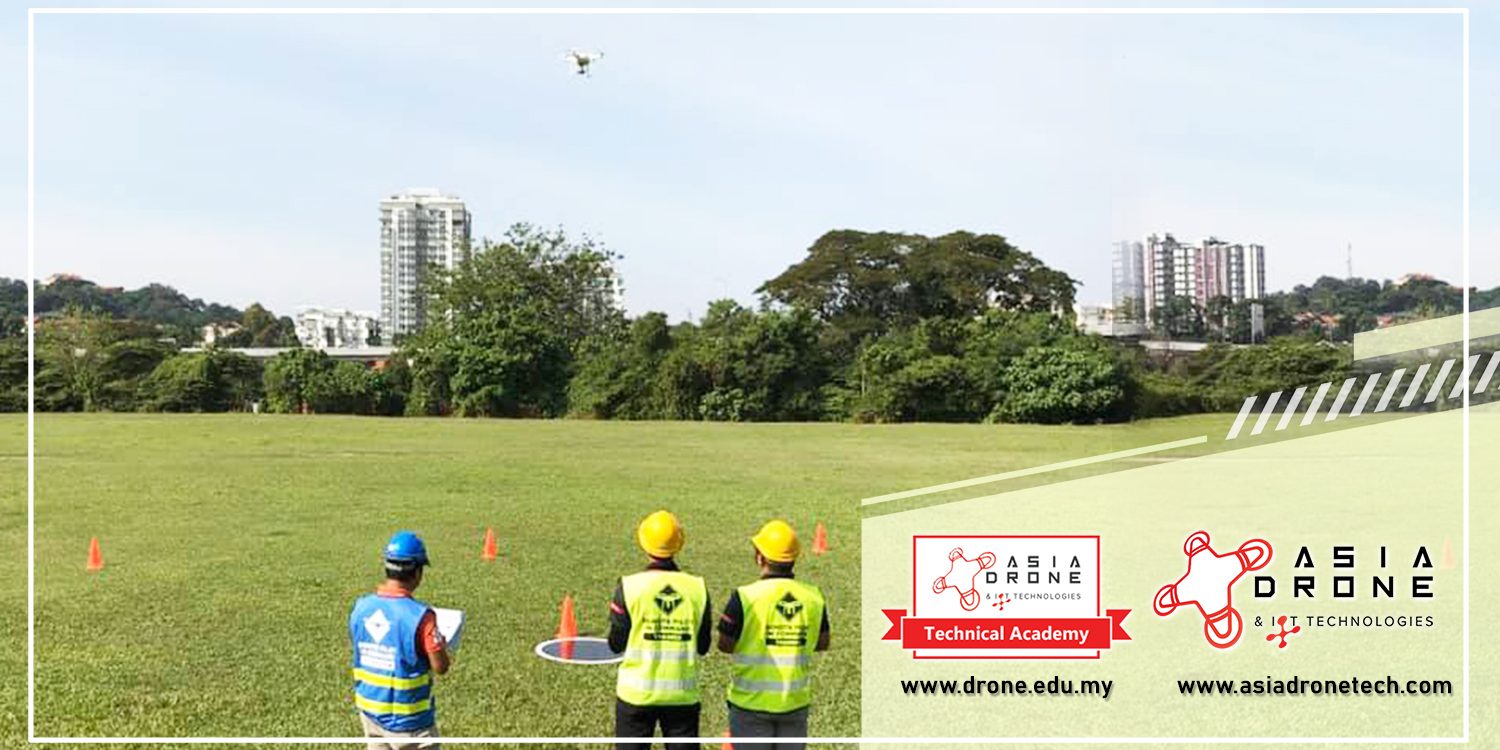The drone economy appears set to become a huge part of our lives. It seems that we are right on the verge of food supply via drones becoming a daily reality for large sections of the population.
The popularity of drone delivery, according to a new survey of 528 online shoppers by a B2B review platform, is changing consumer preferences. Clutch’s report found that 36 per cent of online shoppers say they would be more likely to buy an item if it was delivered by drone. Could the relationship between some of the latest technology out there and some of the most traditional industries on Earth become even more fused together?
Potential for the local market
Recently, a local Malaysian drone company announced a three-month trial period on drone food delivery. The service was to start first in Cyberjaya, Malaysia’s most technologically advanced city, but limited to a 2KM radius from their building – established within the town.
The six-propeller drone had a holding weight of up to 800 g and could even supply food under light rain. It was stated that once the order is placed, the entire delivery process could take 12 minutes.
In the meantime, foodies could only order up to seven food types, namely rice, noodles, burgers, sandwiches, local cakes, and fruit.
Taking off worldwide
People from tech companies and restaurants look to the skies as a new way of differentiating themselves. Google was the first corporation to obtain FAA approval for its drone technology.
Uber Eats has also aimed to begin deliveries by drone in San Diego, where the federal UAS Integration Pilot Program was to oversee tests. However, Forbes reported that the delivery giant had yet to acquire approval from the FAA.
While the U.S. domestic market became crowded with third-party competitors, drone delivery had been gaining traction outside the U.S. The technology was already running in Australia and Iceland, and NPD Group estimated that food delivery by drone would become a reality for Great Britain as well.
Wing, Alphabet’s drone division – Google’s parent company – was also investigating food delivery by drone. In April 2019, a trial service began delivering takeaway food, coffee, and medicines to 100 homes in Canberra, Australia. Packages were dropped from a thin length of rope into customer’s gardens. The drones were not allowed to fly at night, and they couldn’t fly over large crowds or major roads.
Potential challenges
Despite increasing demand for hyper convenient food delivery, there are still a number of challenges that companies may have to resolve before drones become ubiquitous tools in this space.
A particular problem has been the lack of a definitive regulatory structure. A lack of backyards in urban areas, for instance, made use of this technology tricky for Uber, so the company had planned to fly delivery drones to designated pickup locations where couriers could get involved.
While drone delivery can be an eye-catching way for both restaurant brands and third-party delivery firms to differentiate themselves and boost brand visibility, it’s unclear whether this technology is likely to reduce costs. Operators may also have to quickly figure out questions about liability, safety for human couriers who collect from drones and where to land during deliveries.
Advancing technology and drone designs
Uber unveiled a design for their food delivery drones that had already received Federal Aviation Administration approval. It has six rotors that can help the drone go from take-off to flight. Another important feature of the design is rotational wings. The rotating wings were included because they can aid with take-off and landing for this design and the wings can be rotated during flight.
Not yet but maybe soon
Uber and Amazon pilot programs are still in their early stages. Delivery platforms are aimed at launching drone deliveries soon. Every day, we’re getting closer to actually having drones deliver our food. There are still many factors to be taken into consideration, however, such as the safety policies and the hiccups that may be experienced down the line when using unmanned technology to deliver food. Over time, however, as technology progresses, the inclusion of drones in food delivery appears set to become more of a reality.
As drones become more popular, many consumers seem to await the arrival of drone-based food delivery. As such, many companies race to get in on the action.
Moreover, the technology is becoming increasingly more reliable as mobile apps are able to include drone capabilities.
The impact that drone food deliveries can have on the food industry range from customer satisfaction, sustainability, a reduced workforce and more. It can bring about a win-win situation for both consumers and commercial entities. A skilled workforce that is able to combine aspects of hospitality and tech could be part of the push towards making food delivery via drones widely available.
.
.
Asia Drone IoT Technologies lets you leverage the incredible power of drone technology for career advancements, industry applications, and learning. Find out more about:
Solutions at asiadronetech.com
Recent engagements at our Facebook page
Training programmes at drone.edu.my








